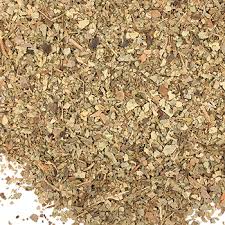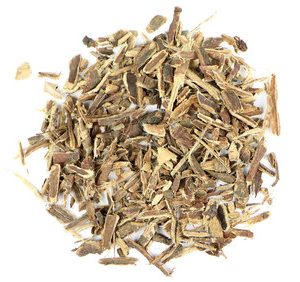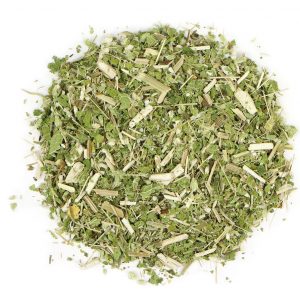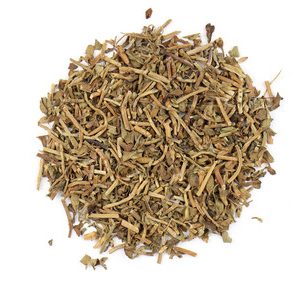It’s a common assumption that wintergreen is a species of mint due to its fresh, invigorating aroma and flavor. However, it is actually an aromatic herb from the wintergreen plant, an aromatic perennial, that creeps along the ground and stays green in winter, hence its name. It’s easy to spot with its white, bell-shaped flowers in June and July and red berries the rest of the year.
Historically, wintergreen tea was used for aches and pains, cold symptoms, headaches and even tooth decay. It contains methyl salicylate, which has anti-inflammatory properties and is very similar to the active ingredient in aspirin. In fact, if you chew on a wintergreen leaf and a birch twig (birch is the original source of aspirin), you’ll get the same delicious flavor
wintergreen was one of the varieties of tisane that replaced the highly taxed Chinese tea? Unlike Chinese tea (Camellia sinensis), wintergreen contains no caffeine but the invigorating flavor may have given people a gentler boost of energy.
The mint-like flavor makes it a popular flavoring for gum and toothpaste as it sweetens the breath. It also offers a refreshing note to root beer.





